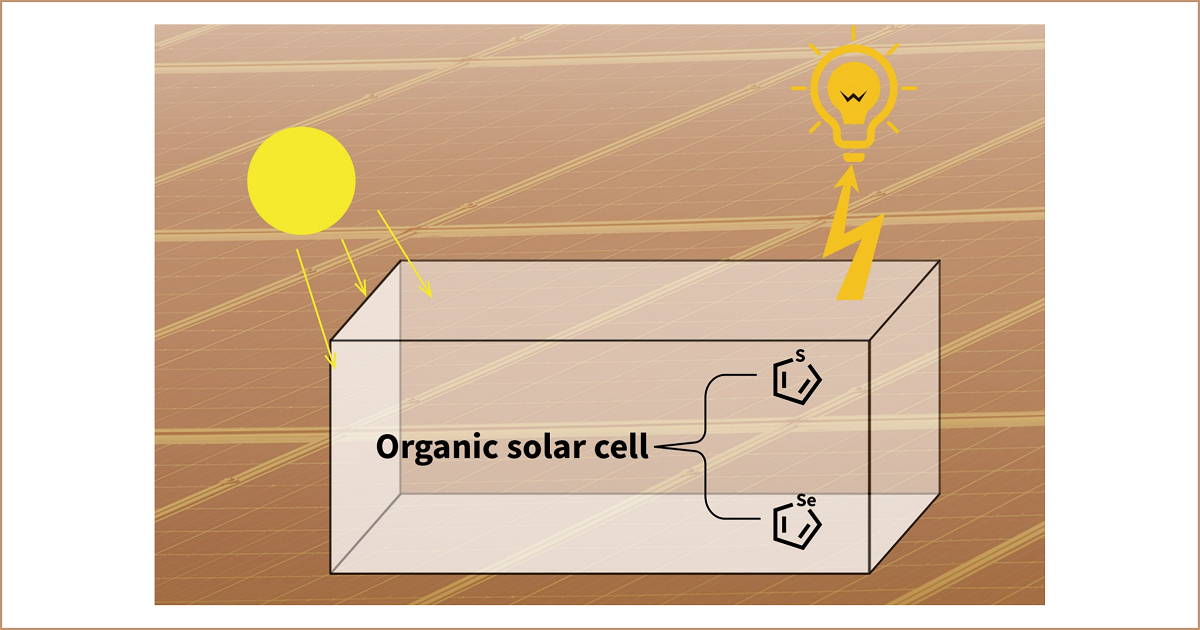Advances of Photoelectric Functional Materials and Devices
A special issue of Materials (ISSN 1996-1944). This special issue belongs to the section "Optical and Photonic Materials".
Deadline for manuscript submissions: closed (10 March 2024) | Viewed by 10126

Special Issue Editors
Interests: organic electronics
Interests: 2D materials; in situ TEM; solar cells; energy storage
Special Issue Information
Dear Colleagues,
This Special Issue of Materials is dedicated to photoelectric functional materials and devices in their various fields of application. With the development of the photo- and microelectronics industries, photoelectric functional materials and devices have increasingly been applied in sensors, batteries, solar cells, and transistors in recent years. For this Special Issue, we invite the submission of original research articles and reviews on any aspect of photoelectric functional materials and devices. This Special Issue aims to cover recent progress and new advances in photoelectric functional materials and devices, involving:
- Solar cells;
- Field-effect transistors;
- Light-emitting diodes;
- Photodetectors;
- Fluorescent sensors;
- Up-conversion luminescence;
- Flexible electronics.
Prof. Dr. Shiming Zhang
Prof. Dr. Feng Xu
Dr. Clement Cabanetos
Guest Editors
Manuscript Submission Information
Manuscripts should be submitted online at www.mdpi.com by registering and logging in to this website. Once you are registered, click here to go to the submission form. Manuscripts can be submitted until the deadline. All submissions that pass pre-check are peer-reviewed. Accepted papers will be published continuously in the journal (as soon as accepted) and will be listed together on the special issue website. Research articles, review articles as well as short communications are invited. For planned papers, a title and short abstract (about 100 words) can be sent to the Editorial Office for announcement on this website.
Submitted manuscripts should not have been published previously, nor be under consideration for publication elsewhere (except conference proceedings papers). All manuscripts are thoroughly refereed through a single-blind peer-review process. A guide for authors and other relevant information for submission of manuscripts is available on the Instructions for Authors page. Materials is an international peer-reviewed open access semimonthly journal published by MDPI.
Please visit the Instructions for Authors page before submitting a manuscript. The Article Processing Charge (APC) for publication in this open access journal is 2600 CHF (Swiss Francs). Submitted papers should be well formatted and use good English. Authors may use MDPI's English editing service prior to publication or during author revisions.
Keywords
- solar cells
- field-effect transistors
- light-emitting diodes
- photodetectors
- fluorescent sensors
- up-conversion luminescence
- flexible electronics








